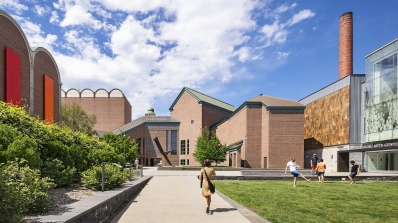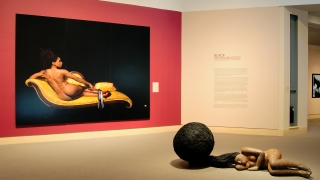Exhibitions Archive
Images, Icons, and Ideologies of the African Body
Black WomanhoodWorks from 1950 to Today
Focus on PhotographyFocus on Photography surveys the Hood Museum of Art's post-1950 photography collection concentrating on two major themes: portraiture and landscape. Bridging these two themes, a small assortment of documentary and photojournalist works will present work by major figures such as James Nachtwey, Sebastiao Salgado, and Eugene Smith. Focus on Photography maps several contemporary trends in photography including a trend towards adolescence in portraiture, the clash of man versus nature in landscape imagery, the negotiation of identity through self-portraiture, and images of the urban landscape.
In addition, Focus on Photography will trace advances in technology that drive a number of artists's work, including digital photography and computer manipulation (with artists like Loretta Lux), photogenics (Lotte Jacobi), extended exposure times (Gary Schnieder and Matthew Pillsbury) and camera obscura (Abe Morell). Even with such developments, the show will underscore how artists working today continue to draw on traditional subject matters, styles, and processes.

